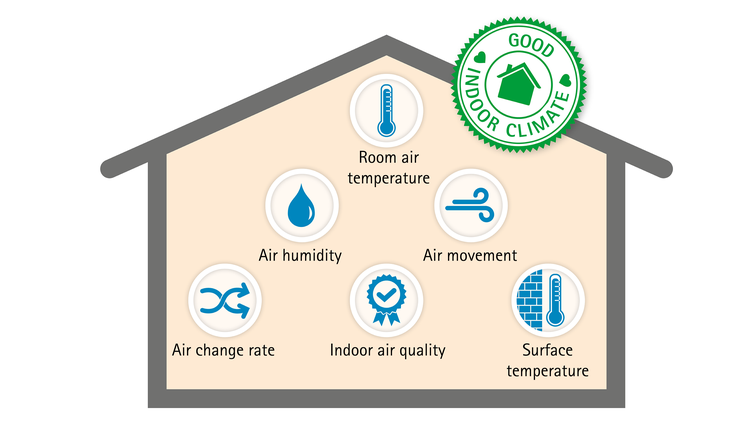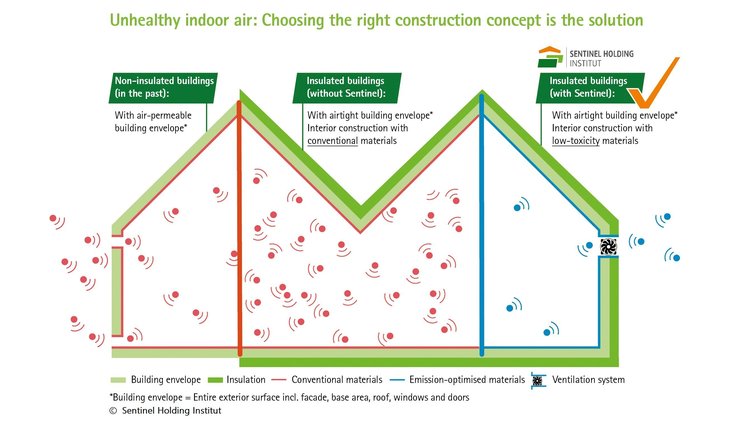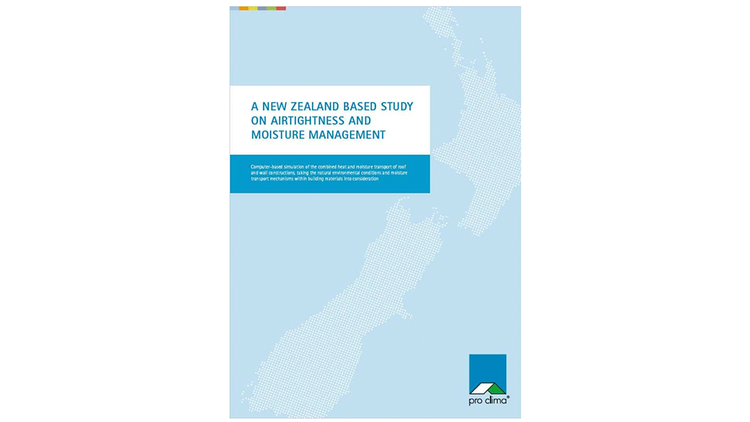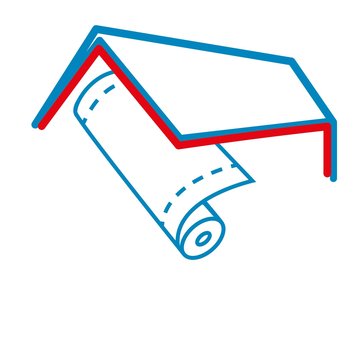Healthier buildings




Healthier
Buildings
Promoting Health and Well-Being – Creating Pleasant Interior Environments
Airtightness is one of the key components in delivering healthier buildings. A comfortable indoor environment, protection against mould and hazardous substances can only be achieved with a carefully designed and implemented airtightness layer.
An airtight building envelope ensures that:
- Mould damage is avoided
- Draughts are prevented
- The indoor air does not become too dry in winter
- Hot exterior air is kept outside in summer
- Transport of fibres and dust is prevented
... in other words: airtightness creates a pleasant indoor environment!
On average, people spend 22 hours every day in closed indoor spaces — at the office, schools, preschool, gym, or home. When we finally recharge our batteries at night by sleeping, we do that indoors, too!
Indoor climate and air quality play important roles in determining the comfort and pleasantness of an indoor environment for us. Both of these factors have major impacts on our perceived comfort levels, our health, and our ability to work, learn, or relax while indoors.
Feelgood Indoor Climates
Whether we perceive an indoor climate as pleasant or unpleasant depends primarily on the indoor temperature, the temperature of surfaces such as walls, floors, ceilings, and windows, and the humidity of the indoor air. The indoor climate is comfortable if these three parameters are in the desired range.
Good Indoor Air
Air is the most important essential substance for humans. After all, we can survive for several days without eating or drinking, but we cannot survive for very long without breathing! We breathe around 20,000 breaths every day. It is obviously very desirable that the air around us should be free of mould, solvents, dust, smoke and other harmful substances.
A Pioneer in Delivering Healthier Buildings
We at pro clima have been working to create healthier buildings for several decades – even back when the terms such as ‘healthy buildings’ didn’t exist and when there was hardly any awareness of the problems presented by harmful substances in the air.
Over the course of many years, we have worked together with architects, carpentry and timber construction companies, manufacturers of building materials, and specialists in the areas of energy consultancy and construction physics to develop and implement products and concepts that are sustainable, environmentally friendly and systematically aligned with the health and comfort needs of residents and end users.
A lot of ideas that started as innovations from pro clima have now become established construction practices!
Airtightness & Moisture Management Study
The updated New Zealand pro clima Study on Airtightness & Moisture Management is based on factual evidence and computer simulations of heat and moisture transport in building structures. It addresses prevalent issues in New Zealand construction, aiming to combat dampness and improve indoor air quality.
The pro clima system offers practical, cost-effective solutions for creating healthy, comfortable, and energy-efficient living environments.









